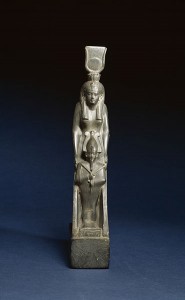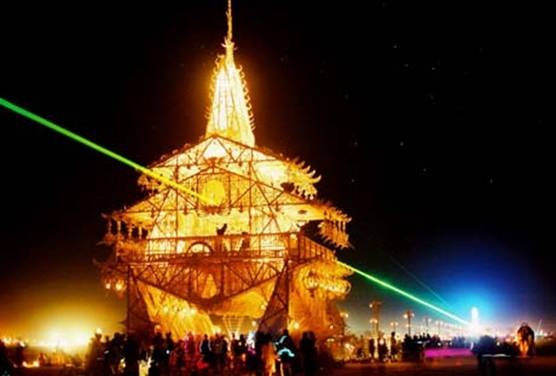Canada’s Books of Remembrance
Seven days after ad-Dawlah al-Islāmīyah fīl-ʻIraq wa ash-Shām (ISIS) announced mass rape to be religious practice, a Canadian supporter in Saint-Jean-sur-Richelieu near Montreal rammed his car into a group of soldiers, killing Warrant Officer Patrice Vincent. The murderer was then killed by police in a car chase. Two days later, on October 22, 2014, another Canadian ISIS supporter shot and killed Corporal Nathan Cirillo of the Princess Louise’s Argyll and Sutherland Highlanders of Canada Regiment1 as he stood ceremonial guard at the Canadian National War Memorial and Tomb of the Unknown Soldier on Parliament Hill in Ottawa. In a move worthy of Hollywood, Parliament’s Sergeant at Arms Kevin Vickers, a retired Royal Canadian Mounted Police Chief Superintendent (i.e. management), killed the murderer within the building complex just outside the Library of Parliament.
The most visible structure on Parliament Hill is the Peace Tower which includes a Memorial Chamber. In the Chamber are Books of Remembrance, seven books holding the names of Canadians who died in service to their country. Beautifully drawn with hand calligraphy, these volumes are the equal of any medieval monastic work. The first artist was James Purves, who did preliminary work on Book 1 and completed the first page. He died in 1940 and was replaced by his assistant Alan Beddoe, who worked on the project until the 1970s.
Book 1 – First World War (66,655 names). The names of the Canadian Expeditionary Forces are listed first, by year (1915-1922), then in alphabetical order. Each listing includes rank, name (last name first), and regiment. Canadian names from the British Empire Forces are listed next. Finally there is an Addendum with names in the same order. The second page of the Addendum has a drawing of the WWI Canadian National Vimy Memorial in France.
Book 2 – Second World War (44,893 names). These names are listed by year (1939-1947), then alphabetical order, with the same information as World War I. There is no Addendum.
Book 3 – Newfoundland (more than 2300 men and women who died in the two World Wars before Newfoundland became a Canadian province). These names are listed by war, then in alphabetical order. This book adds date of death to the information for each name. Both wars have Addenda pages. Book 3 includes a number of decorative pages.
Book 4 – The Korean War (516 names). These names are in alphabetical order, with rank, name (last name first), regiment and date of death. There is no Addendum.
Book 5 – South African / Nile Expedition (266 names from two 19th Century and early 20th Century military deployments). The names are divided between the two deployments with the South African War (1899-1902) first, then the Nile Expedition (1884-1885). The names are then in alphabetical order. South African War names include rank, name (last name first), regiment and date of death. Nile Expedition names include only the name and the date of death. No Addendum.
Book 6 – Merchant Navy (more than 2170 men and women who died during the two World Wars). These names are divided between the two wars, then in alphabetical order, with rank, name (last name first), ship’s name and date of death. There are several Addenda, which indicates multiple additions of names. There are also decorative pages.

Gisèle Michaud, the 2014-15 National Memorial Cross Mother wearing the Silver Cross. Her son Master Corporal Charles-Philippe Michaud died in 2009 from wounds received in Afghanistan.
Book 7 – In the Service of Canada (an ongoing book, currently with more than 1700 names of military personnel who died since World War II [excepting the Korean War] “in times of conflict, or during peacetime training exercises, peacekeeping deployments abroad or other military duty” 2) The names are organized by year only. The listing includes rank, name (last name first), regiment, and date of death. There are also decorative pages.
Pages in the Books of Remembrance are turned daily in a ceremony. Each page is shown for at least one day every year.
The names of Warrant Officer Vincent and Corporal Cirillo have not yet been added to Book 7, so as our example, we will use Master Corporal Charles-Philippe Michaud, whose mother Gisèle is this year’s National Memorial (Silver) Cross Mother. She represents all Canadian mothers who have lost children in war. Master Corporal Michaud was wounded by an explosive device near Kandahar, Afghanistan on June 23, 2009. Five days later he arrived at a Quebec City hospital where he died on July 4.
By placing Charles-Philippe Michaud’s name into the search interface, we can see him on page 234 which is open in the Memorial Chamber on April 19, August 14 and December 9. Book 7 begins in 1947 with all entries in English. Current practice enters some names in French and some in English.
Isis and ISIS
Since the name of my business is Isis Information Services, I want to share thoughts about my business name being adopted by mass rapists. My name reflects the Egyptian goddess Isis who saved the world by putting her dismembered husband Osiris back together and breathing life into him. It seemed like a good metaphor for putting together an information system. A lot of people agreed and there are many information companies, systems and services named with the acronym ISIS. I tried to differentiate myself by using the word Isis not the acronym.
The actual name of the terrorist group ISIS is ad-Dawlah al-Islāmīyah fīl-ʻIraq wa ash-Shām, so we should be calling them DIIS, but the acronym in English is ISIS (Islamic State in Iraq and Syria) and that’s what we’re mostly using. Another variation is ISIL (Islamic State in Iraq and the Levant) and for awhile I was using that as a diversion away from my own name. But now I realize DIIS simply forgot their due diligence in language translation and managed to name misogynist rapists after a powerful ancient Egyptian goddess.
1 The Princess Louise’s Argyll and Sutherland Highlanders of Canada Regiment served at the Battle of the Somme in World War I, a battle much discussed in this blog. This year marks the 100th anniversary of the start of World War I. The ceramic poppies surrounding the Tower of London are an especially beautiful memorial installation.
2 http://www.veterans.gc.ca/eng/remembrance/memorials/books/history
Photo Credits: Parliament, Book of Remembrance, Second World War 1947, Gisèle Michaud, Isis and Osiris









 Follow
Follow

